Introduction

In the vast culinary landscape of global gastronomy, traditional dishes often stand as testaments to cultural heritage and familial bonds. One such dish that encapsulates the essence of Chinese home cooking is Preserved Pork with Green Peas (often referred to as “La Rou Chao Qing Dou” in Mandarin). This hearty, flavorful stir-fry combines the savory richness of preserved pork, also known as bacon in some Western contexts, with the fresh, crisp sweetness of green peas. It’s a dish that bridges the gap between comfort food and gourmet delight, offering a harmonious blend of textures and tastes that resonate with both the soul and the palate.
In this comprehensive guide, we’ll delve into the intricacies of preparing Preserved Pork with Green Peas, from selecting the finest ingredients to mastering the cooking techniques that bring out the best in each component. Whether you’re a seasoned chef or a home cook eager to explore new culinary horizons, this article promises to be a treasure trove of knowledge and inspiration.
Section 1: Understanding the Ingredients
1 Preserved Pork (Bacon)
At the heart of this dish lies preserved pork, a staple in Chinese cuisine that has been enjoyed for centuries. Unlike fresh pork, preserved pork undergoes a process of salting, seasoning, and sometimes smoking, which gives it a unique flavor profile and extended shelf life. For this recipe, we recommend using Chinese-style preserved pork, which tends to be leaner and less salty than its Western counterparts. Look for slices that are evenly cured, with a deep reddish hue and a slightly firm texture.
2 Green Peas
Green peas are the fresh, vibrant counterpoint to the rich, umami-laden preserved pork. They add a burst of color, sweetness, and crunch to the dish. Fresh peas are ideal, as they retain their natural sweetness and tender texture after cooking. If fresh peas are not available, frozen peas can be a suitable alternative, though they may require a bit more cooking time to achieve the desired tenderness.
3 Aromatics and Seasonings
No Chinese stir-fry is complete without its aromatic foundation. For Preserved Pork with Green Peas, essential ingredients include garlic, ginger, and shallots. These aromatics not only enhance the dish’s flavor but also balance the richness of the preserved pork. Seasonings such as soy sauce, Shaoxing wine (or dry sherry as a substitute), and a pinch of sugar round out the taste profile, creating a harmonious blend of savory, sweet, and slightly tangy notes.
Section 2: Preparation Techniques
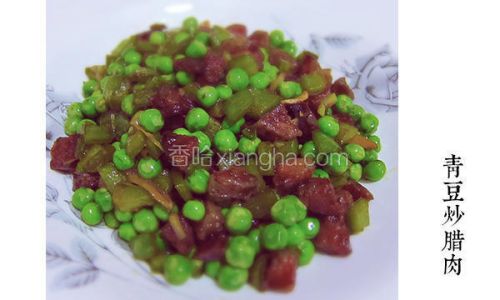
1 Preparing the Preserved Pork
Before cooking, it’s crucial to properly prepare the preserved pork. Start by rinsing the slices under cold water to remove any excess salt. Pat them dry with paper towels to prevent splattering during stir-frying. Depending on the saltiness, you may need to soak the slices in cold water for about 30 minutes to an hour, then drain and pat dry. This step ensures that the final dish isn’t overly salty.
2 Blanching the Green Peas
Blanching the green peas helps to retain their vibrant color and tender texture. Bring a pot of salted water to a boil, then add the peas and cook for about 2-3 minutes. Immediately plunge them into ice water to stop the cooking process. Drain well before use. This method not only preserves the peas’ nutrients but also ensures they cook evenly when stir-fried.
3 Preparing the Aromatics
Finely chop the garlic, ginger, and shallots. These aromatics should be ready to go once the cooking process begins, as they add flavor quickly and need only a brief cooking time to avoid burning.
Section 3: The Cooking Process
1 Heating the Wok or Pan
The key to a successful stir-fry lies in the high heat of the wok or pan. Preheat your cooking vessel over medium-high to high heat until it’s very hot. This ensures that the ingredients sear beautifully, locking in flavors and textures.
2 Stir-Frying the Aromatics
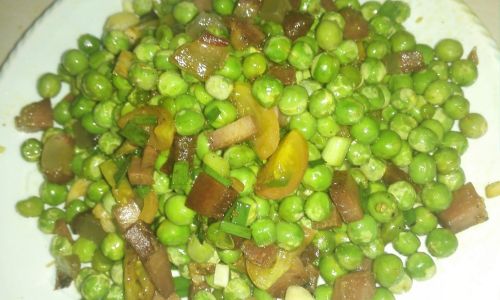
Add a small amount of oil to the preheated wok or pan. Once the oil is hot, add the chopped garlic, ginger, and shallots. Stir-fry for about 30 seconds to 1 minute until fragrant but not burnt. This step creates the aromatic base that will flavor the entire dish.
3 Cooking the Preserved Pork
Add the prepared preserved pork slices to the wok or pan, spreading them out in a single layer. Stir-fry for about 2-3 minutes, until the edges start to brown and the fat renders out, adding to the dish’s richness. Be careful not to overcook, as the pork should remain tender and slightly chewy.
4 Adding the Green Peas
Now, it’s time to incorporate the blanched green peas. Add them to the wok or pan, stirring gently to combine with the pork and aromatics. Cook for another 2-3 minutes, allowing the peas to heat through and absorb some of the flavors from the pork and aromatics.
5 Seasoning and Final Touches
Pour in a small amount of Shaoxing wine (or dry sherry), followed by soy sauce and a pinch of sugar. Stir well to coat all ingredients evenly with the seasonings. Taste and adjust with more soy sauce or sugar if needed. The sauce should be light but flavorful, enhancing rather than overpowering the natural tastes of the pork and peas.
6 Serving
Once the sauce has thickened slightly and the flavors have melded together, remove the wok or pan from heat. Transfer the Preserved Pork with Green Peas to a serving dish, garnishing with chopped green onions or cilantro if desired. Serve immediately while hot, accompanied by steamed rice or your favorite grain for a complete meal.
Section 4: Tips and Variations
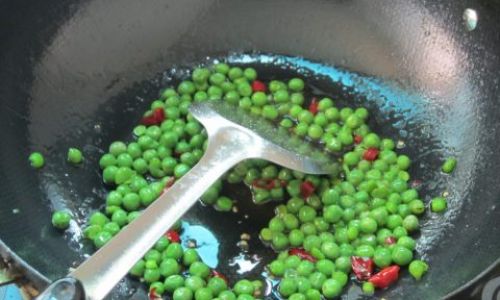
1 Adjusting for Personal Taste
Feel free to tweak this recipe to suit your personal preferences. For example, if you prefer a sweeter dish, increase the amount of sugar slightly. For a more savory profile, add a dash of oyster sauce or fish sauce.
2 Incorporating Vegetables
While green peas are traditional, you can experiment with other vegetables such as bell peppers, carrots, or snap peas. Just ensure they are cut into bite-sized pieces and cooked until tender but crisp.
3 Making it Gluten-Free
To make this dish gluten-free, use tamari or gluten-free soy sauce instead of regular soy sauce. Check all labels carefully, as some preserved pork products may contain gluten-based preservatives.
Conclusion
Preserved Pork with Green Peas is a dish that embodies the essence of Chinese home cooking: simple, flavorful, and deeply satisfying. By following the steps outlined in this guide, you’ll be able to create a version that resonates with your taste buds and brings a touch of authenticity to your kitchen. Whether you’re serving it to family and friends or enjoying it as a comforting solo meal, this dish promises to deliver a delightful blend of textures and flavors that will leave a lasting impression.
Remember, cooking is an art form that thrives on creativity and experimentation. Don’t be afraid to put your own spin on this classic recipe, making it uniquely yours. Happy cooking, and bon appétit!
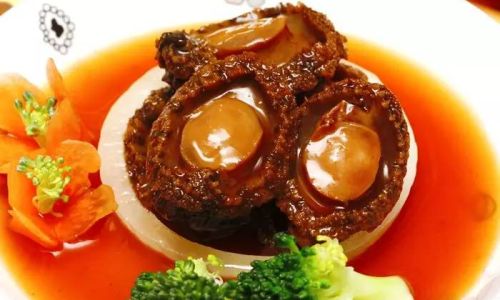
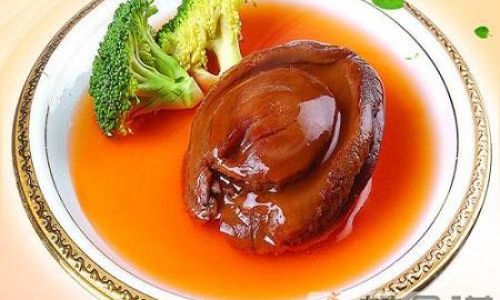
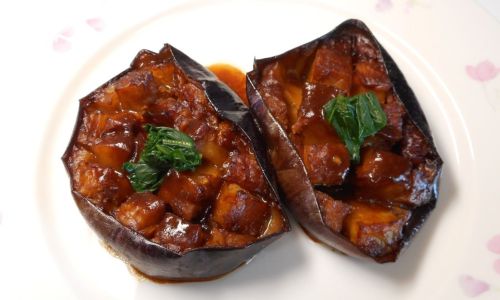
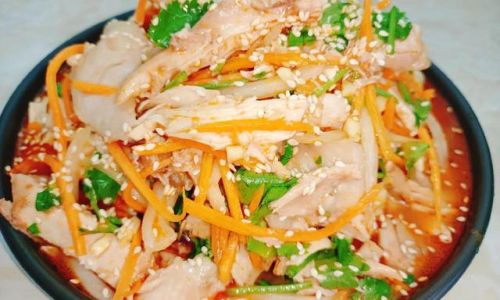
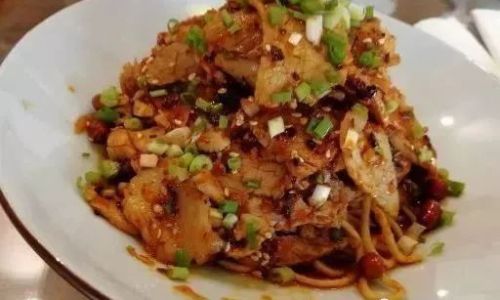
0 comments